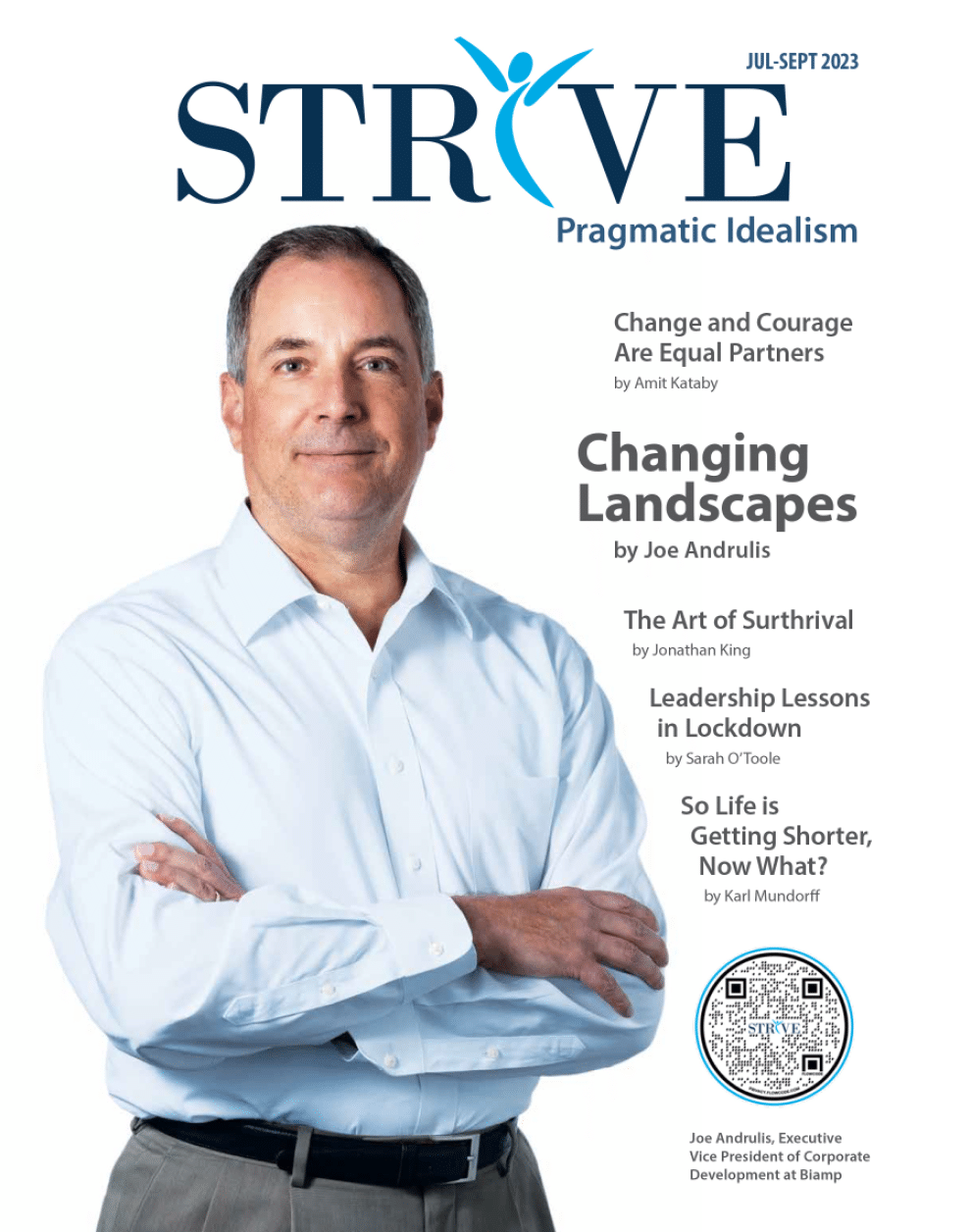
Technology is not a competitive differentiator. Sure, in the short term it can make a difference but as a pillar for a competitive strategy it makes a poor crutch. If you doubt this, you only need look at the iPhone® for validation.
It is hard to conceive of a more imaginative and revolutionary combination of technologies than those bundled into the iPhone®: The device, quite literally, changed the world. And yet, it took a relatively short period of time for Apple® to find the iPhone® sitting number three in market share. Why? Because the time between innovation and replication is short and quickly becoming shorter. Manufacturing has reached a level of technical sophistication and capacity for production that makes it relatively easy to compete with, and even leapfrog, the largest competitors and the most original of ideas. Increasingly, technology as a competitive advantage forms a thin barrier that is easily breached by targeted capital investment and well-managed processes. This explains why Samsung was able to hunt-down and capture Apple’s market share so quickly.
More challenging still is that the reduced cost of technology is combining with ever increasing functionality and availability (cloud computing) to escalate competitive pressures. As an example, two years ago I got an idea for a new digital/print publication named STRIVE. Through the use of cloud-based production and collaboration services, a staff of four (none of whom are located in the same office/city) work with contributors from around the world to produce product that now serves readers from 27 countries and counting. Think about what that means from a competitive standpoint to the legacy players within the publishing industry.
So, if technology is no longer a competitive differentiator, what is? You!
You and your organization’s ability to understand and strategically implement technical change into its operational environment is the single most potent differentiator in your competitive quiver. For all of the talk of robotics and artificial intelligence, it is still our ability to comprehend and react to our operational environment that represents the advantage.
I know, in this fast-paced, crazy-disrupted, technical world it sounds out of place, maybe even naïve to argue that the key to long term success is still good management and sound processes, but that is what I am saying. To be clear, technology is a critical tool in the competitive landscape, but it is exactly that, a tool. And without a proper and well-defined strategy (design) to direct its use it is no different than a hammer; useless at best, and poorly managed it can even be counter productive and with the potential for serious damage.
So how should we approach technical solutions?
- Define – Understanding and defining the challenge/goal to be addressed is key. This sounds simple, but like many simple things, it may not be easy; especially if we are solving for a problem. Too often in today’s fast-paced disrupted environment we react, and as a result focus on the symptoms and without understanding the root cause.
- Approach – Document the key objectives that you intend to address and what defines a successful outcome for each. These can be used as waypoints and you set out in search of a solution.
- Focus – Avoid shiny objects. The best solutions often involve the acquisition of technology. This provides both an opportunity and a challenge. The opportunity of course is the panacea of our problem/goal being easily and fully addressed. The challenge, staying focused on our intended goal. Too often evaluating a technical solution draws our gaze to problems we didn’t know we had, advocating for features we do not need, while causing us to lose sight of key objectives critical to success.
- Assess – Innovation is a process not a technology. This being the case, problems are rarely solved and goals seldom realized, simply by acquiring and deploying a new technology. Assessing the potential impact on an organization’s people and process cannot be ignored; although, in the rush to just keep-up this is typically the norm.
- Teach – Go beyond training and teach. Many technology providers offer training programs designed to launch the new offering by training on key functions of their system. What most typically do not or cannot address, is the intricacies of how the offering will be positioned within an organization’s individual operating environment and its impact on existing processes.
I know, the list above looks familiar and sounds a lot like management 101. And yes, this is a story of the more things change, the more they stay the same – That’s because innovation is an old subject. Humans have been innovating since the beginning of time and just as in the past, the only true differentiator is the individual – You!













































